True Monitoring Experience – OLLO X1 Over-The-Ear Dynamic Headphones
OLLO X1 is a $539 USD / 539 Euros pair of high-end dynamic headphones, made for mixing, mastering and studio work. Today we will take a deep dive in the sonic world created by OLLO and review their sound and comfort, as well as compare them to other similarly priced headphones we recently reviewed, including Aune SR7000 (599 USD), Sennheiser Hd 490 PRO Plus (499 UD), MIRPH-1 (749 USD), and HIFIMAN Ananda Nano (599 USD).

Introduction
OLLO is back to making high-end studio headphones and the new X1 Model comes with many improvements over their previous releases. This being said, they are still using real wood in the construction of the earcups, and the company considers X1 to have the “Perfect Tuning”. As an Amazon Influencer, I earn from qualifying purchases, and using the purchase links in my reviews helps me maintain this website and Youtube Channel. Huge thanks to OLLO for providing the sample for this review, in exchange for my honest opinion.
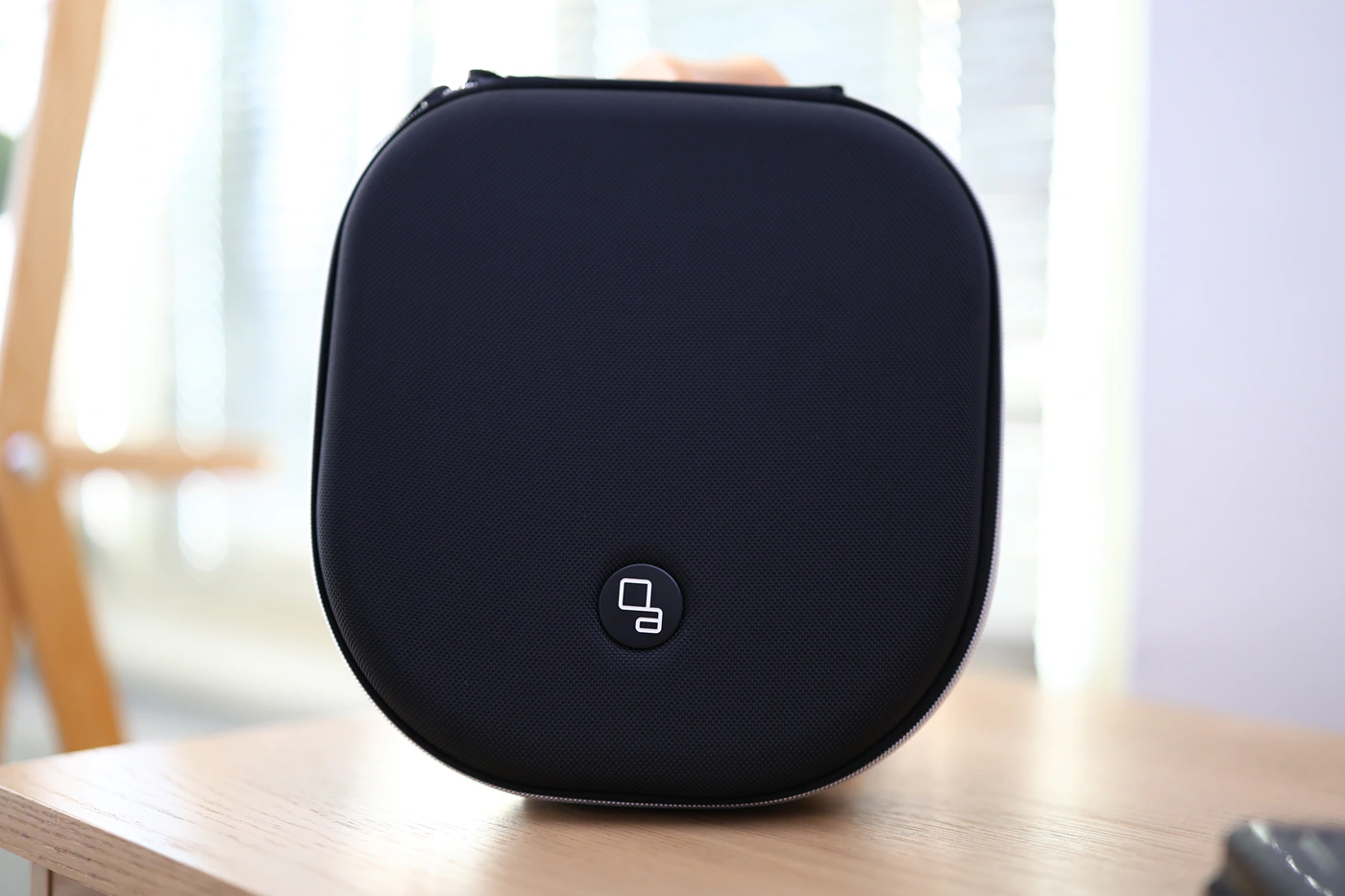
PROs – Super linear and transparent sound, consistent across sources and volume levels, very detailed and revealing sound, all promised features are fully delivered, reliable construction, and very consistent listening experience. A great deal for the price.
Cons – Strong clamping force, no Balanced 4.4mm cable available at the moment.
Product Link
Amazon – https://olloaudio.com/products/x1
Build Quality / Aesthetics
OLLO is best known for their high-end studio producing and mixing headphones, having produced a few models that we’ve reviewed and which we’ve been quite enthusiastic about. The latest adventure of the company, namely the X1 is a pair of headphones with a flat frequency response for producing and mixing, and they come individually calibrated with the power of AI processing. OLLO includes 5 years of limited warranty, and 90-days trial for their headphones, so you have a lot of time to try and decide whether you like what you’re feeling and hearing with them.
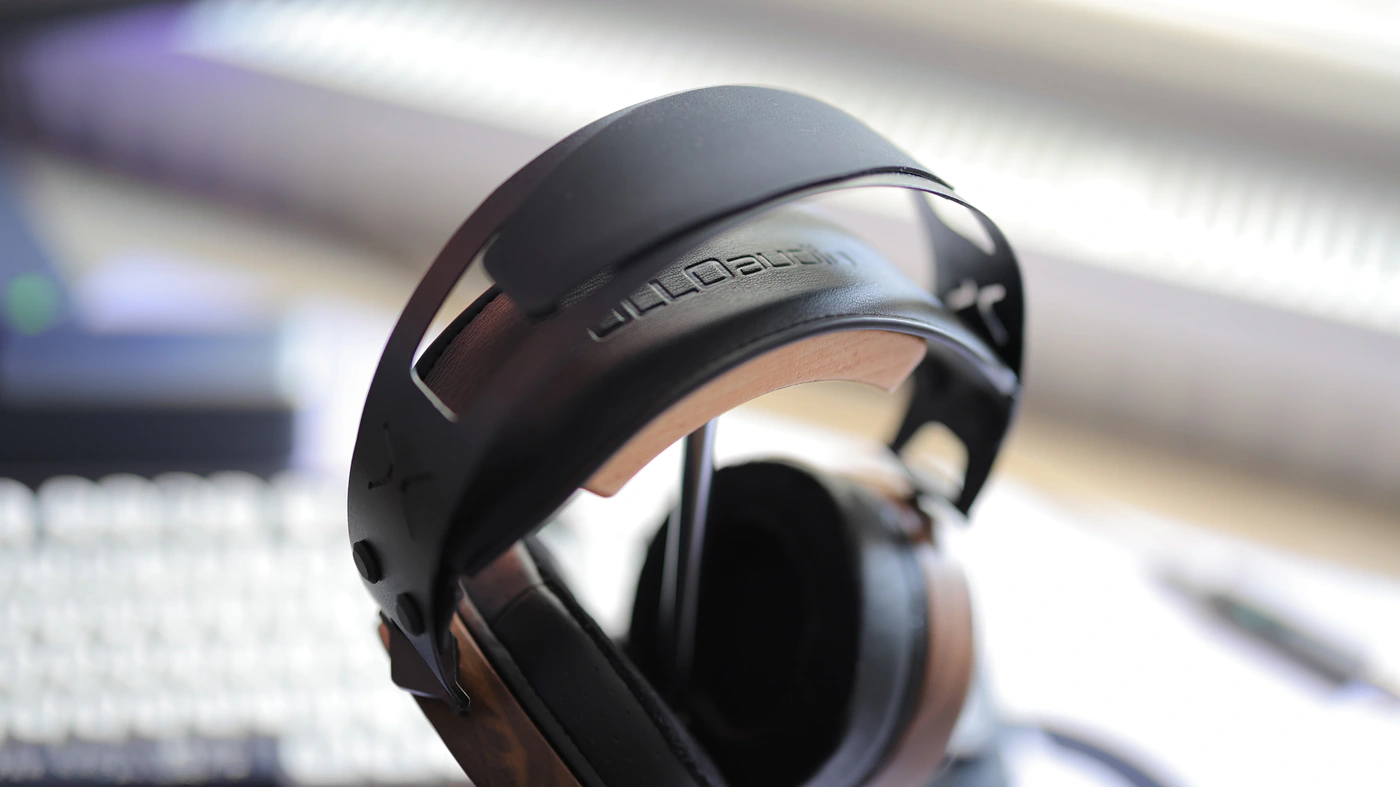
The company sells their X1 in batches, and have not reached Batch 10 which is in Pre-Order, with a shipping date of February 3 for this batch. At the heart, OLLO X1 has a 50mm dynamic driver encased at an angle in a fully wooden chassis, and has ear pads that you can swap quickly. With a headband made of stainless steel is quoted to be indestructible, and it should be with normal usage, with the OLLOAudio X1 1.0 being fully user-serviceable and easy to drive.
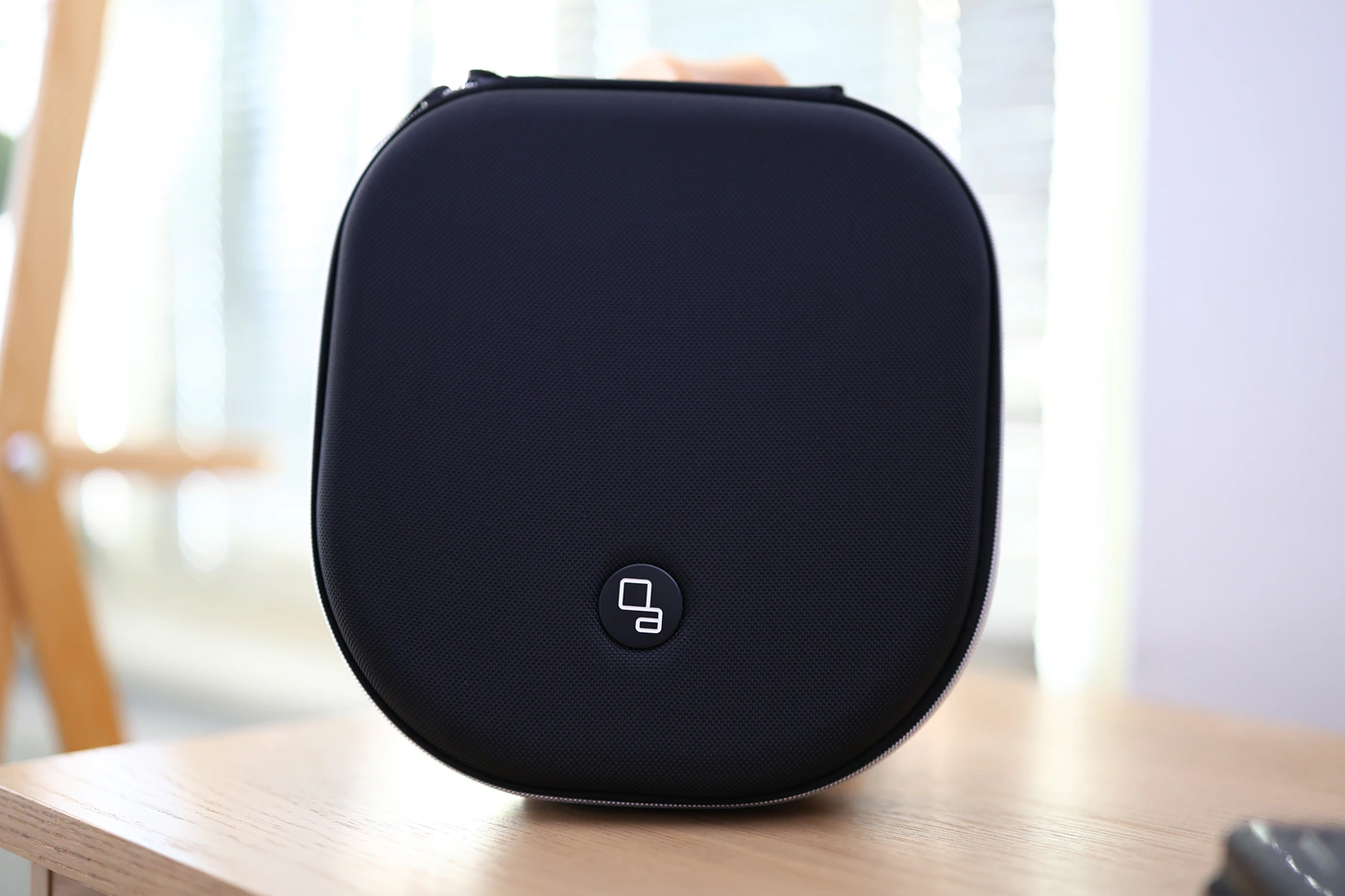
As OLLO Points out, most studio headphones do not have a fully flat response, and even some of the most popular alternatives we know of will have some coloration in their sound, a good example being Avantone Pro Planar, which is quite warm, smooth and hard to drive, all of which are key differences when compared against the X1. OLLO even includes a complex USC II Calibration software for X1, but I don’t find that to be as useful as just running them straight from a DAC/AMP.
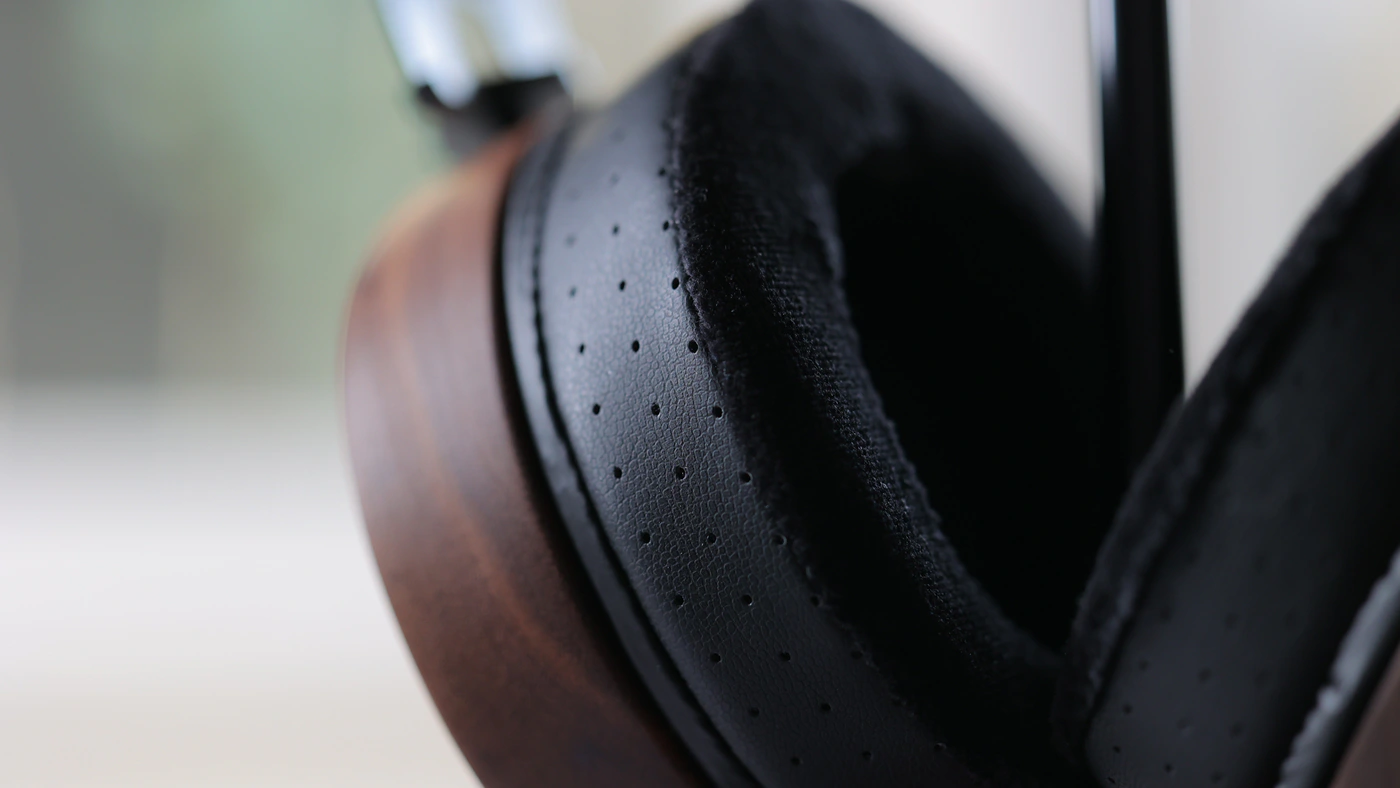
On the technical side, OLLO has one of the most comprehensive pages with technical specifications for their X1, including the 390 grams of weight, detachable 2.meter cable with a 2.5mm jack at the headphone side, the THD of 0.05%, impedance of 32 OHMs, and SPL of 101dB. We will copy over the rest of the technical data at the end of today’s review to keep things as complete as possible.
Fit / Comfort / Studio Usage
Starting with the fit, OLLO X1 is a tight headphone, it clamps hard on my head, and the clamping force is quite a bit tighter at the top of my head, with the clamping force being slightly weaker at the base of my ears. There is a sense of passive noise isolation, as although X1 is open-back, they have around 10 dB of passive noise isolation, more than most semi-open models, and although they are open back, the leakage is also on the lower side of things. In fact, even if you cover the ear cups with your hands, the sound barely changes, and for an open-back model, X1 is one of the least sensitive to room acoustics headphones I have ever tested. Basically, they are created to always be consistent, to produce the same sound and fit the same for everyone, every time.
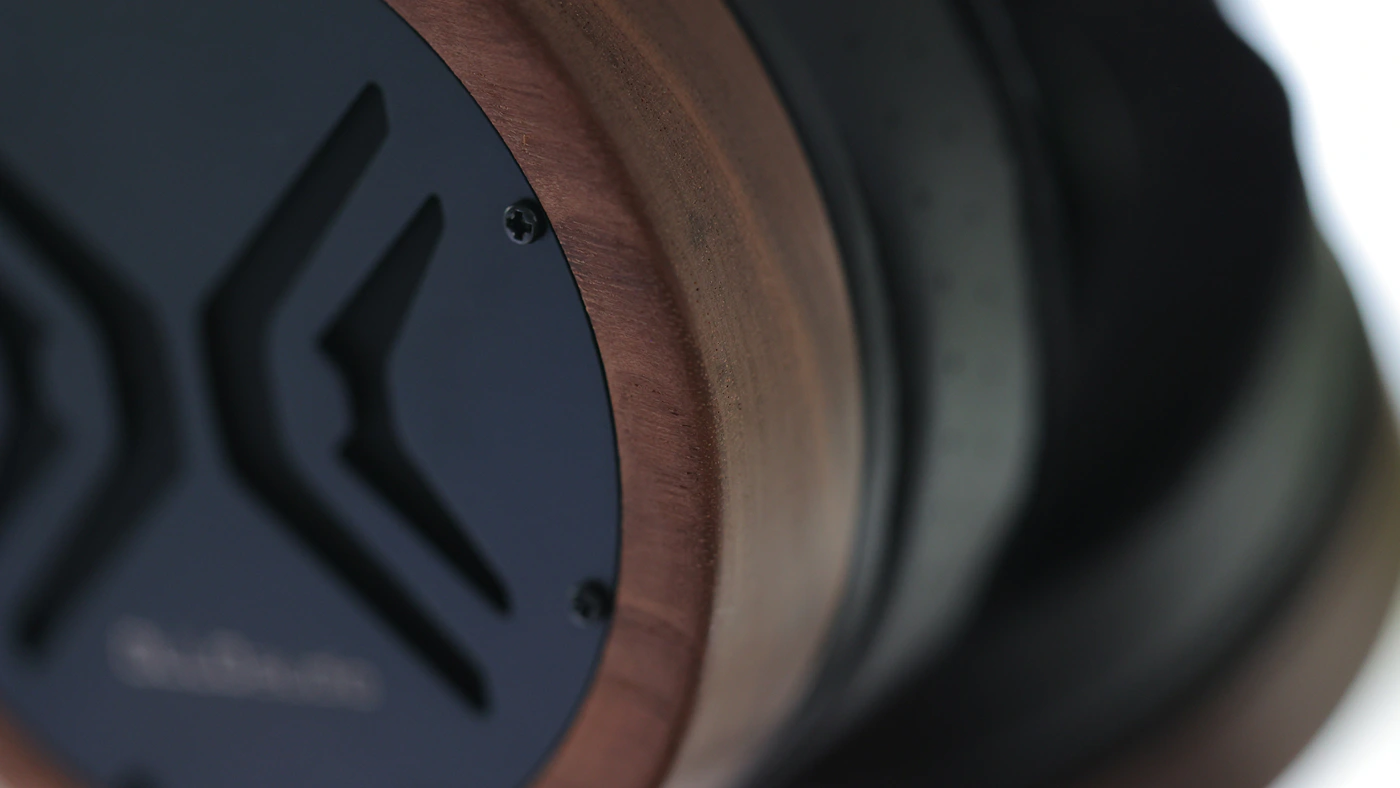
I feel like the idea of them being easy to drive is not accurate, X1 is single ended only, and with most sources, I am above 60% of the max volume to give them a bit of kick and a medium-high volume, they can go very loud, but need quite a bit of power to sound right and be properly driven. As X1 is using a Dynamic Driver you don’t run the risk of breaking them or burning them with too much power, so you don’t have to worry too much about how lasting they will be.
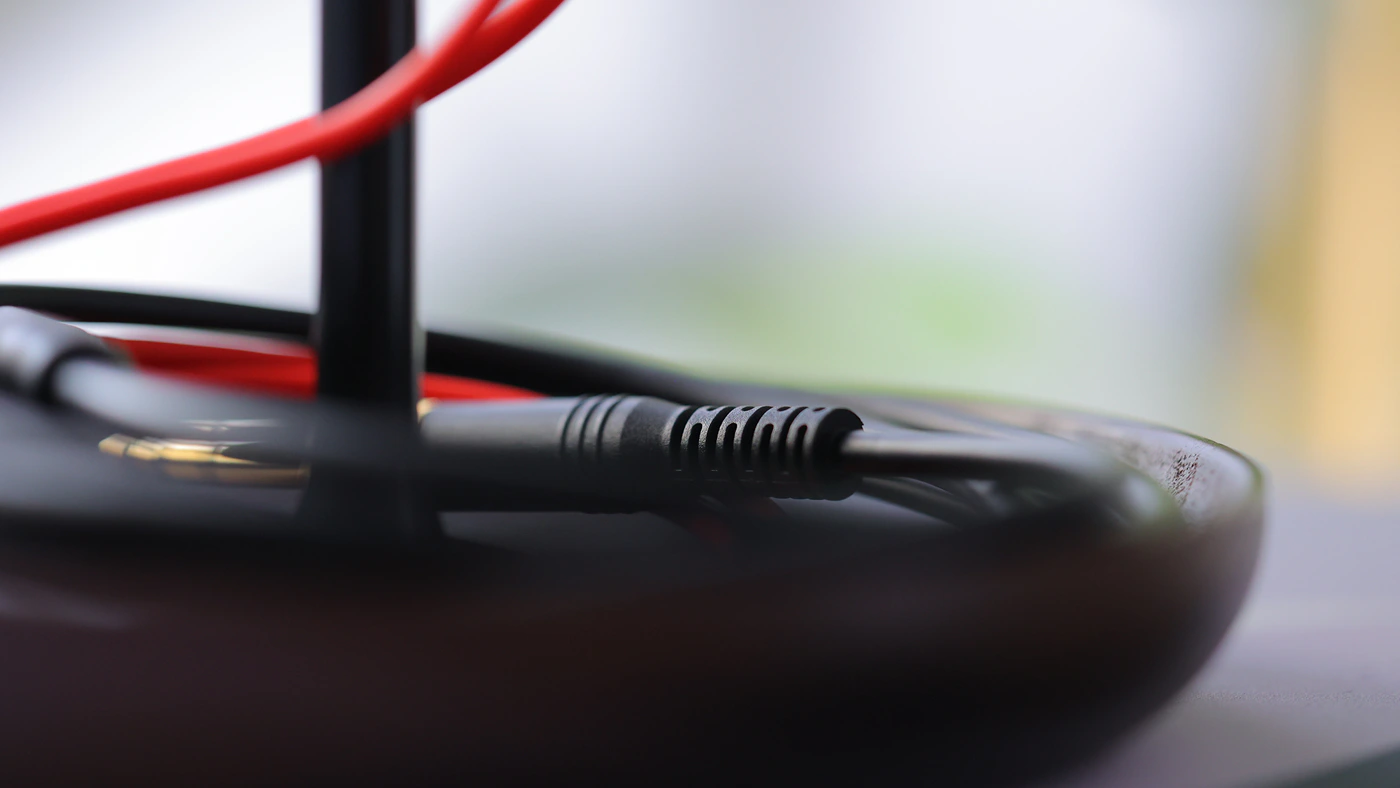
Build quality is top notch, there is no self-noise, no creaking, no construction quality issues, and X1 feels very solid, the headband is sturdy, while the cable is thick, does not conduct noise, but it is not the most flexible cable out there either. Overall, they are built like a tank and feel well-made. The somewhat grainy texture on the metallic parts also enhances this feeling of quality and sturdiness, protecting the whole headphone from scratches really well. We get swivel in the vertical, lateral and horizontal planes, for the ear cups to perfectly align with your ears.
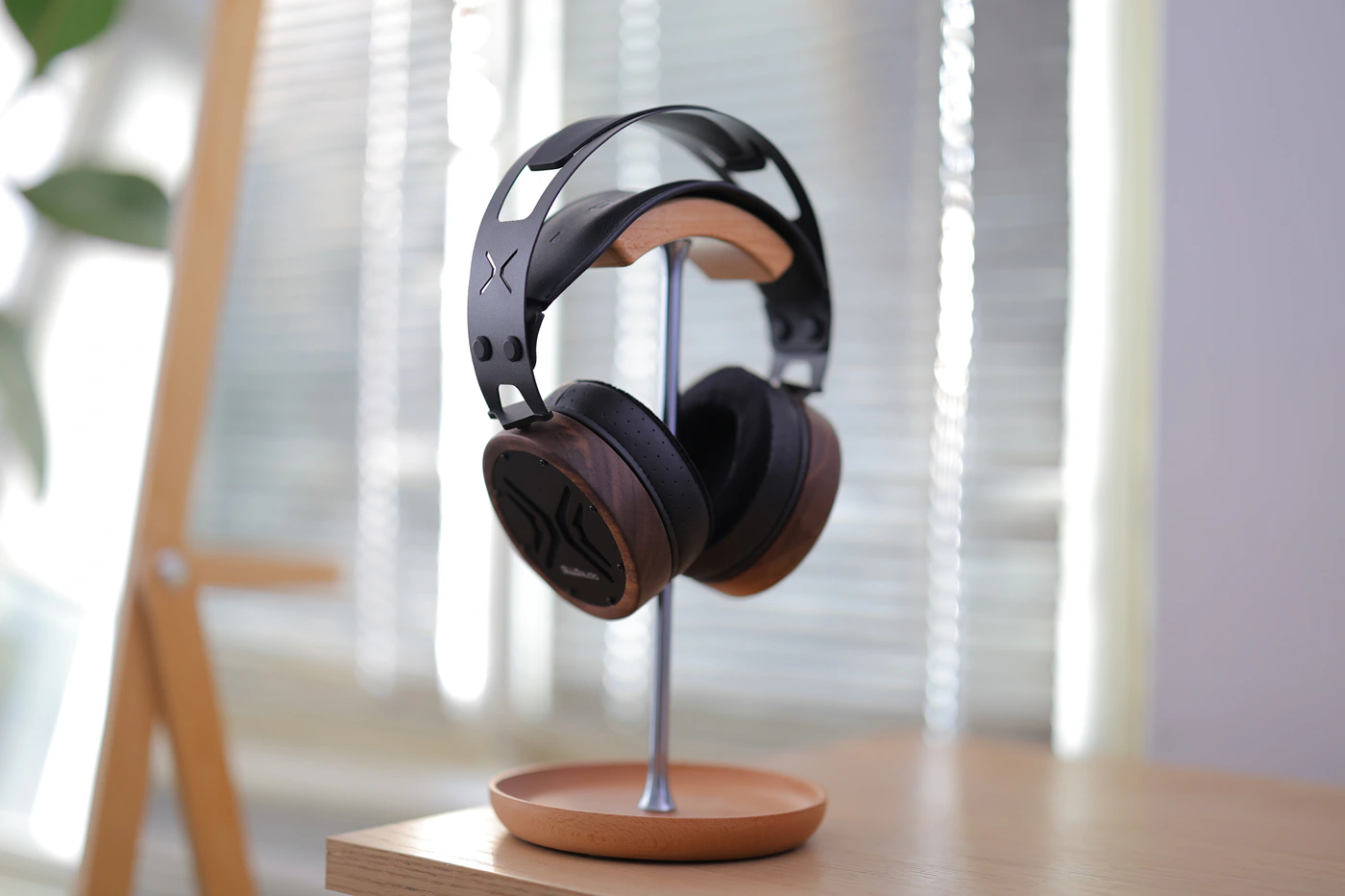
Generally, the studio and music listening usage is fantastic, although X1 is clearly made more for consistency and reliability than necessarily for comfort. This being said, with deep and thick ear pads that have a dense sponge inside, X1 is comfortable, and at 390 grams for the headphone, they don’t ever feel too heavy either.
Sound Quality
Pairings – To drive the OLLO X1, I have paired them with a collection of sources, including Lotoo PAW GT2, iBasso DX340, Shanling M1 Plus, Shanling EH2, FiiO BTR17, aune S17 PRO Evo driven by Aune S9c PRO, Sparkos Gemini driven by SMSL DO200 PRO, and Singxer SA-1 v2 WITH THE hifiman Serenade as the DAC behind it. OLLO X1 can eat quite a bit of power to sound just right, they are consistent across sources, more so than most headphones, and as long as the volume / power is right, the sound will be very similar regardless of the source. As OLLO x1 sounds very flat, a source that colours the sound is favorable if you’re a music enjoyer / audiophile who wants more bass / more treble, while a linear source is perfect if you want the most linear response possible. Something a bit unique for my ears, but OLLO X1 will show a bit of hissing and background noise with most sources that would show it with IEMs.
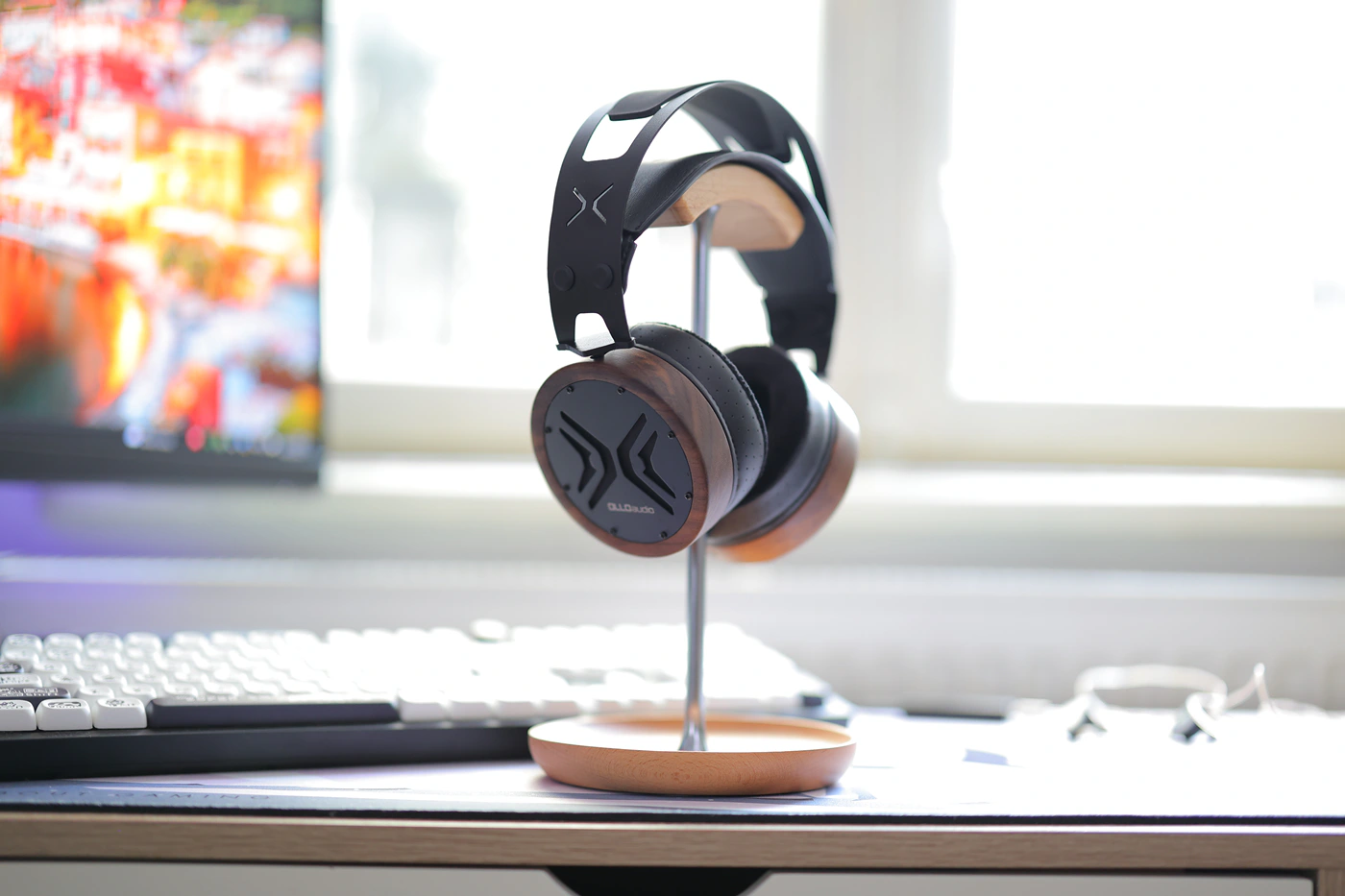
Overall Signature – OLLO was not joking when it comes to how flat, transparent and clean the sound of the X1 can be. This is the one flattest sounding pair of headphones I heard so far, although the trick is that they do not lack bass and call it neutral, they actually reveal just how much bass, treble and midrange is in your music, what the ratios are, how much compression you apply to your music, and what the end result actually sounds like. A uniquely sharp but honest approach, X1 is rich sounding, reveals a high amount of information in your music, and makes music really vivid, brilliant but only when the recording is like this. Basically, they are true revealers, showing exactly the information in your song, be it good or bad.
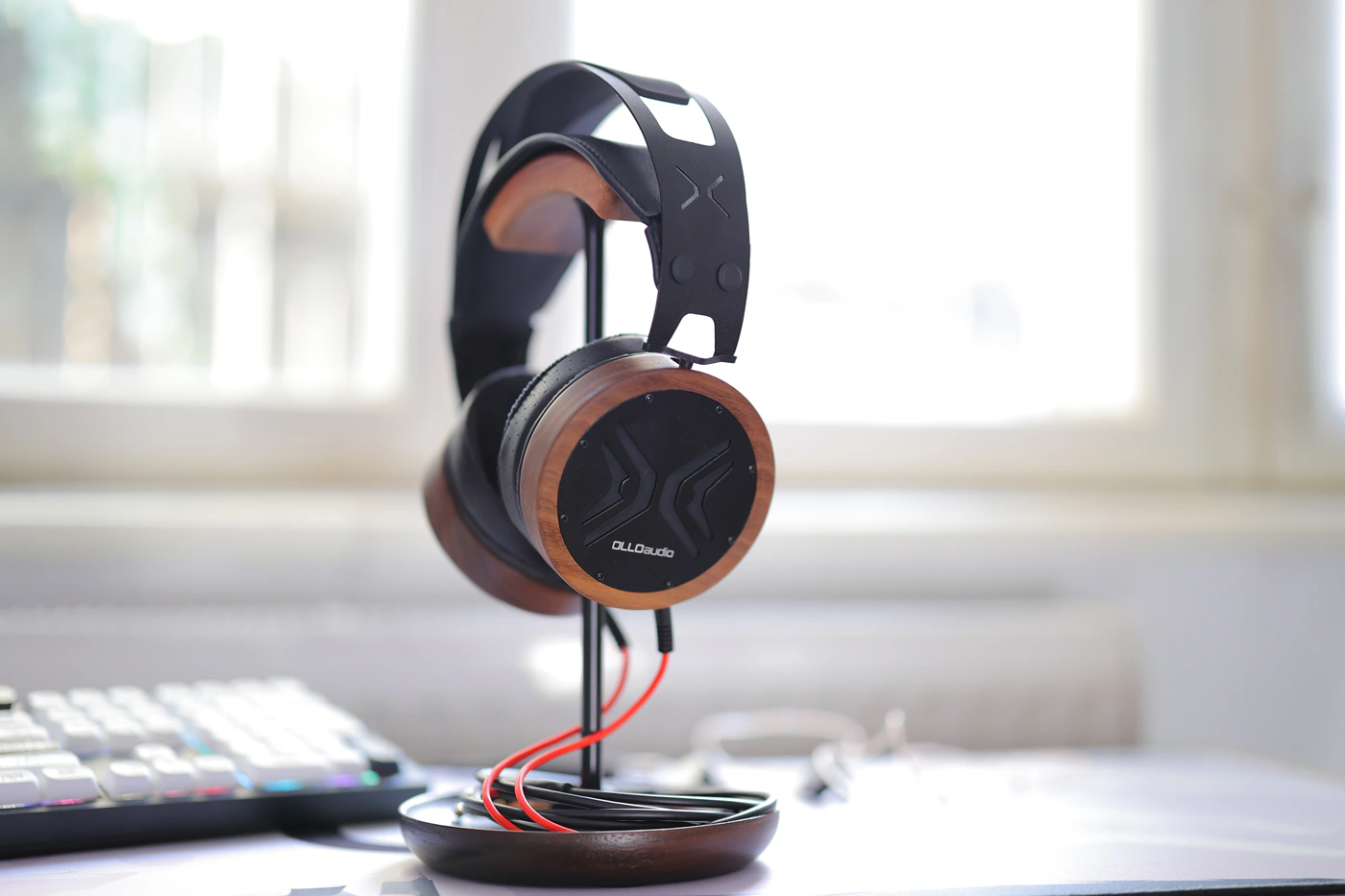
Bass – Starting from the deepest bass, X1 reproduces bass down to about 35 Hz, with a roll-off beneath this level in quantity. We get a natural-quick bass that reveals micro bits of information in the low-end but is not exaggeratedly fast, it does not accelerate a song, nor cut down on the bass decay it is supposed to have, but it does feel quite neutral. As X1 has far less compression than most headphones in the price range, they do sound quite unusually lively and alive compared to most alternatives, and there is a huge difference in the amount and type of bass each song has, going from very little to a lot. Also, the bass is exceptionally well separated from the rest of the sound.
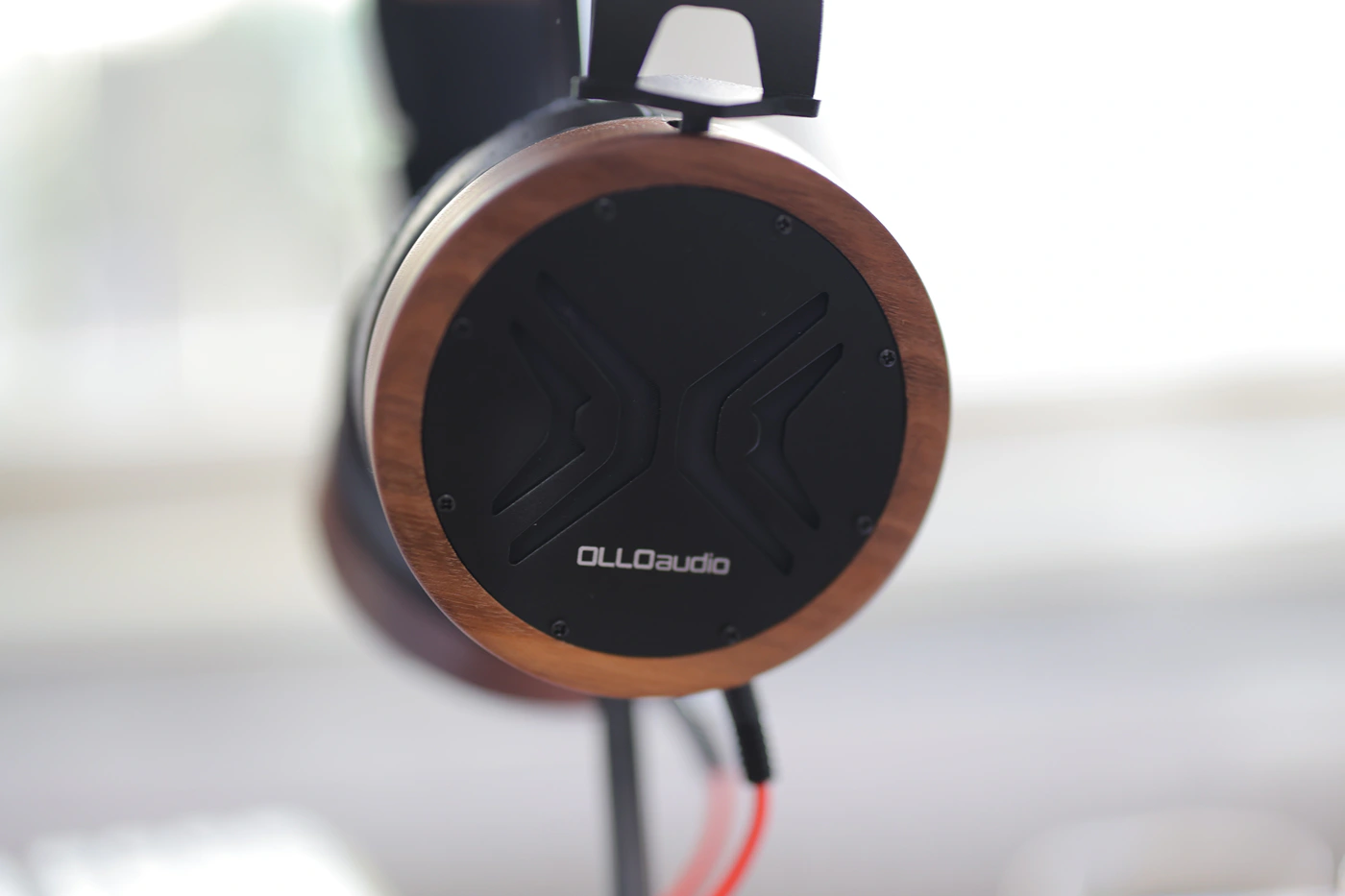
Midrange – I would initially have wanted to call X1 a slightly vocal headphone, but the amount of voices change from song to song, pure transparency enables X1 to reveal exactly what is in the song. For example, it can render exemplary sweet female voices in J-Rock and J-Pop but also render the harshness and aggression in technical death metal, then create a smooth, full and lush mid synth in trance songs. Creating the right and proper amount of texture without exaggerating it or smoothing it too much is the key to revealing the most transparent listening experience possible. There is an equal amount of emphasis placed on both male and female voices, lower and upper midrange, everything is in perfect equilibrium and music is just rendered and transmitted. The only thing to keep in mind is that you generally hear both the good and the bad in music, some music is simply angelic sounding, while other music can be extremely fatiguing and harsh, all spot on with the quality of your library.
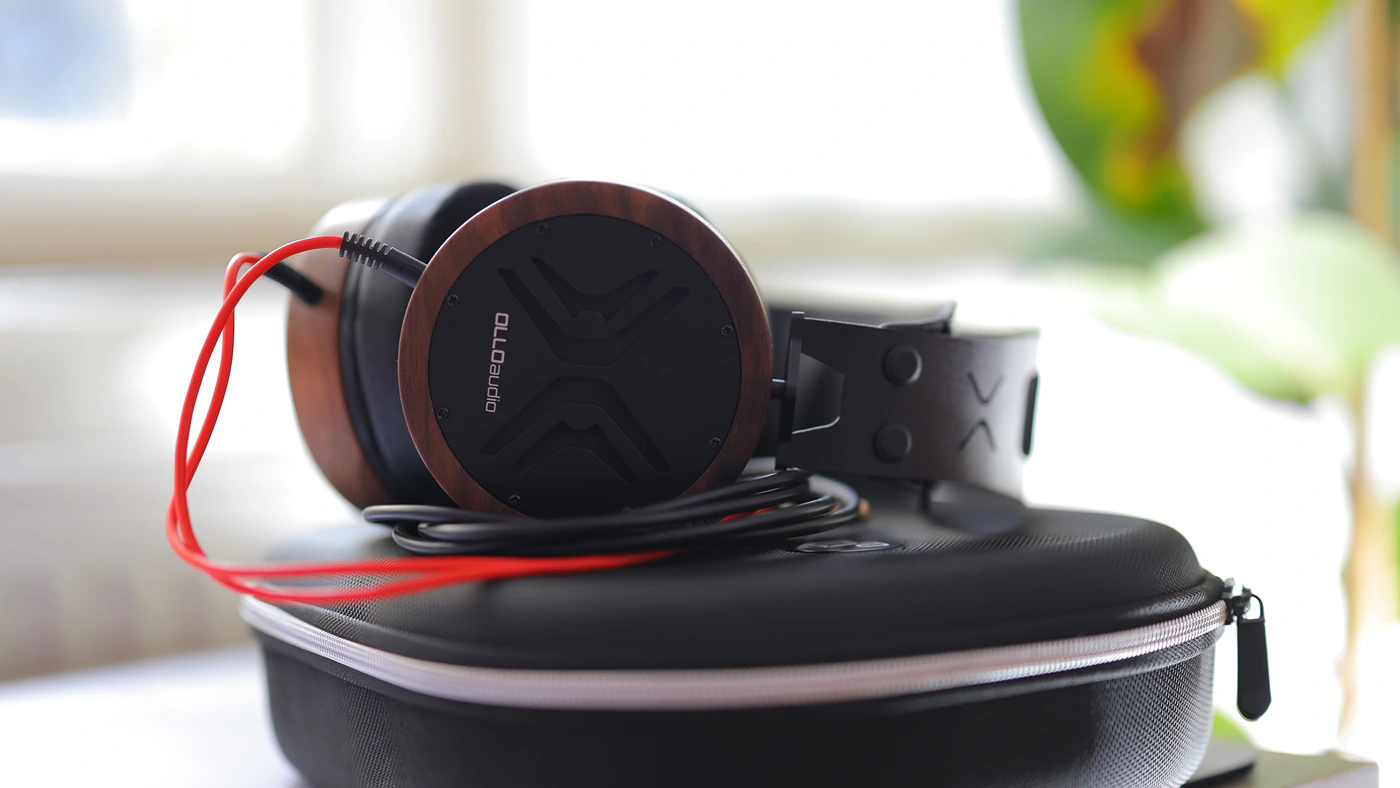
I found that working on vocal mastering with X1 is easy, they easily reveal how much compression I am adding, if the EQ is acting on the frequencies and peaks I am trying to interact with, and how much grain / texture I am allowing to seep in the final mix. I love this ability, and X1 is quite excellent for the price point when it comes to how resolute it sounds.
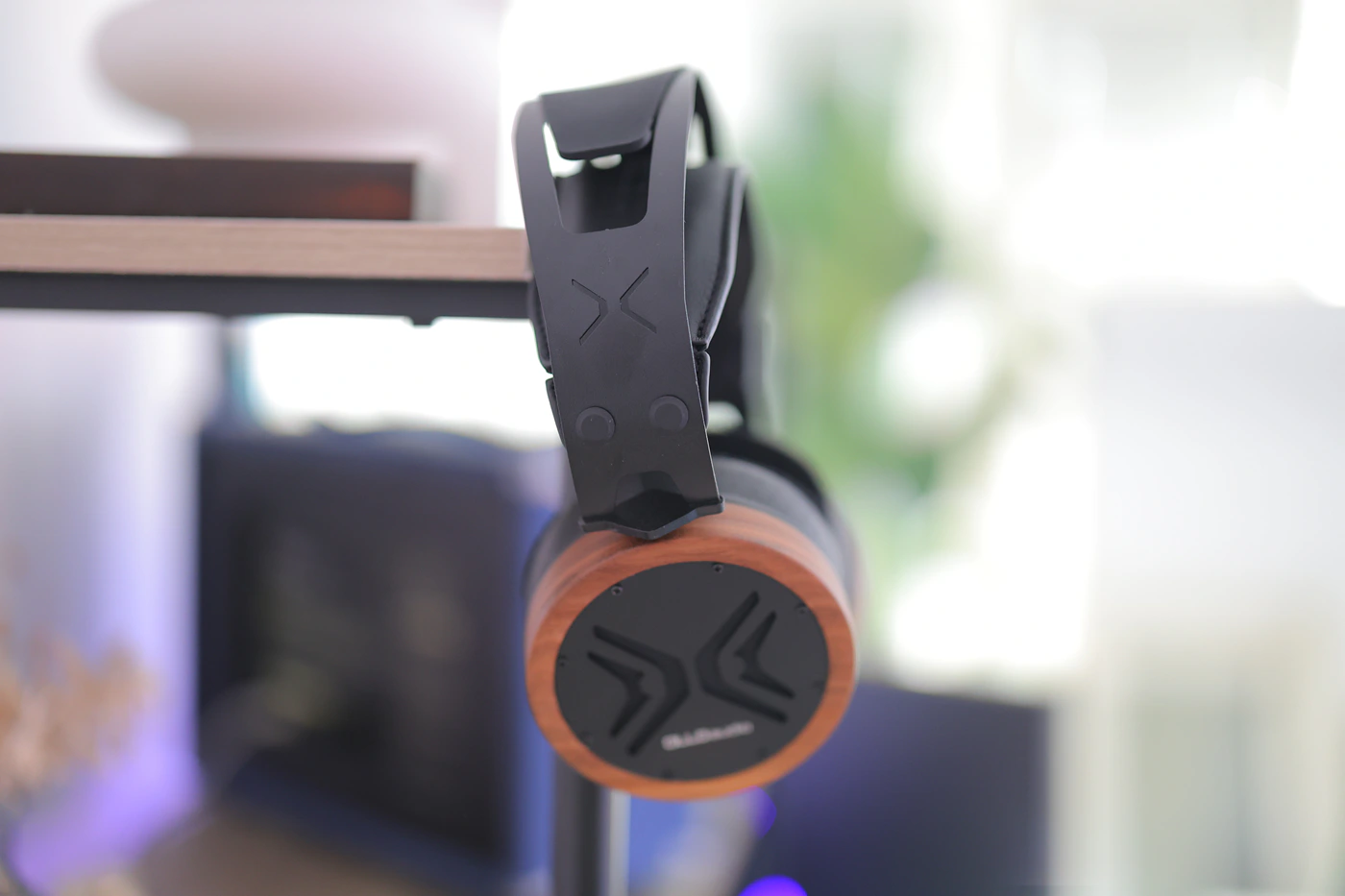
Treble – To complement the sharp and flat sound, X1 has a flat-neutral treble, it will be sharp and coarse if the recording has too much grain or treble presence, but it will also be relaxed and smooth if you’re using too much filtering and lowering the treble energy too much. Overall, most of my collection sounds satisfying and just where I thought it would be with a very transparent and honest pair of headphones. If there’s any coloration I can notice, X1 has a bit of the peaks cut off around 6 kHz and 9 kHz, creating a sound that’s slightly less fatiguing than the maximum I heard with most headphones.
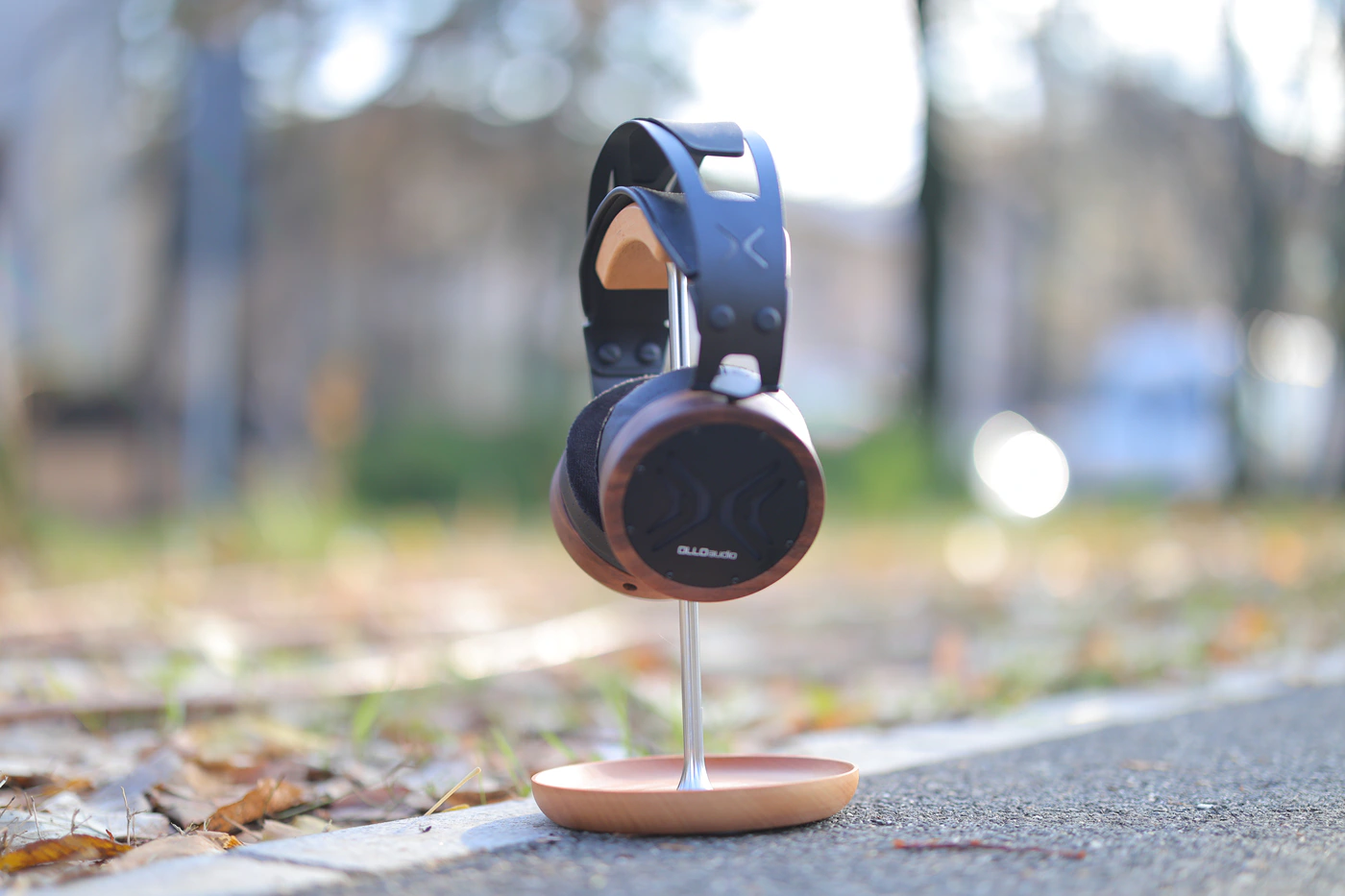
PRaT / Textures – OLLO managed to achieve a fairly quick impulse response with the X1, creating a sound that moves quickly, but doesn’t fail to create substance and depth, it basically renders thickness where it should be, grain where you’re leaving it in, and smoothness where you’re smoothing out the textures.
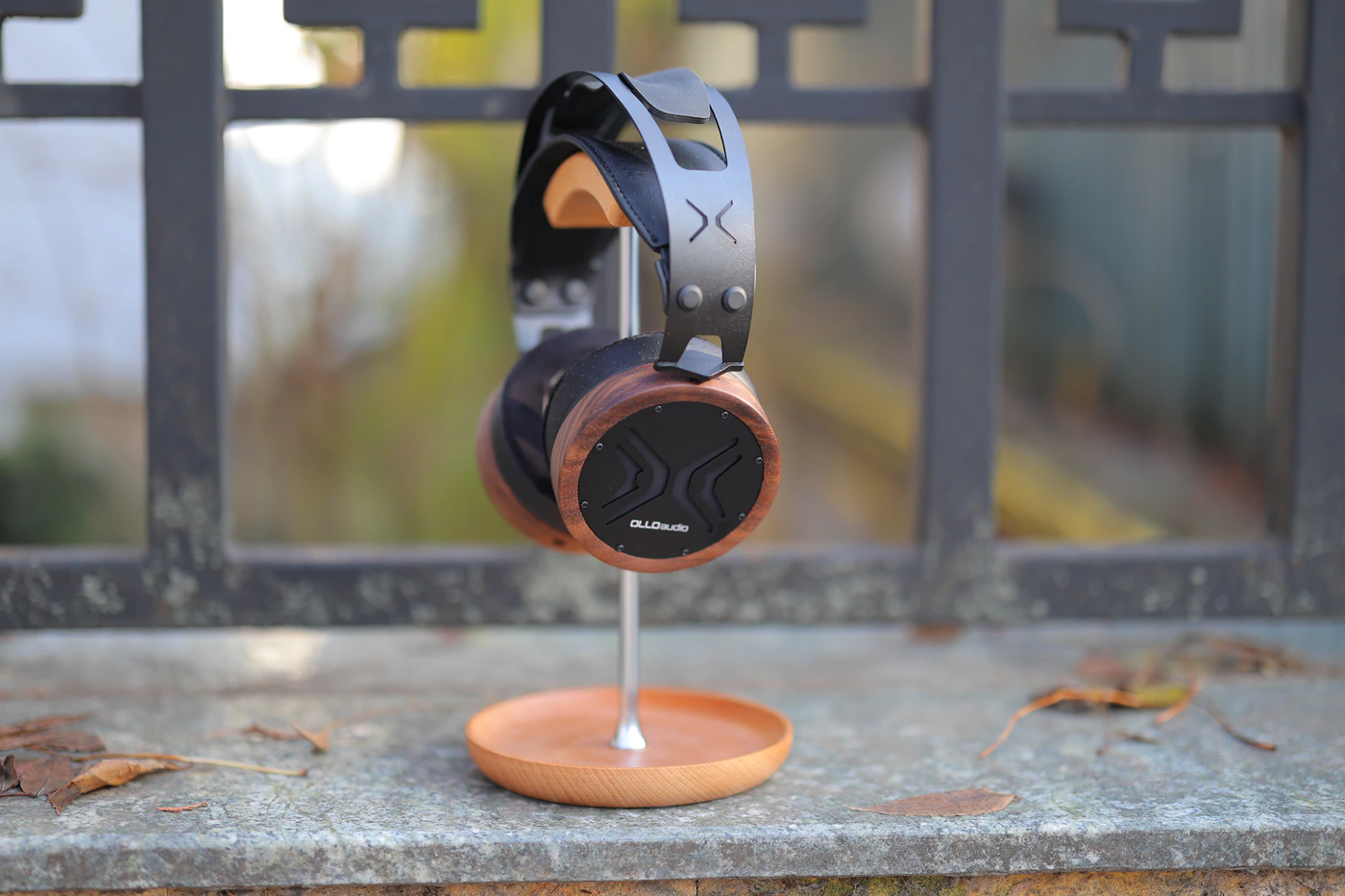
Dynamics – this is a chapter where X1 really excels, they create a really high dynamic range, so most music sounds more acoustic and more live, even when recorded. This helps a lot when working with music, as it extends a bit more than most headphones on how much dynamic range you’re leaving in and how much compression you’re applying, both being easily audible with X1.
Loudness Saturation Gradient – We get a perfect loudness saturation gradient, although X1 gets more vivid, more punchy and more clean louder. Control is exceptional both loud and quiet.
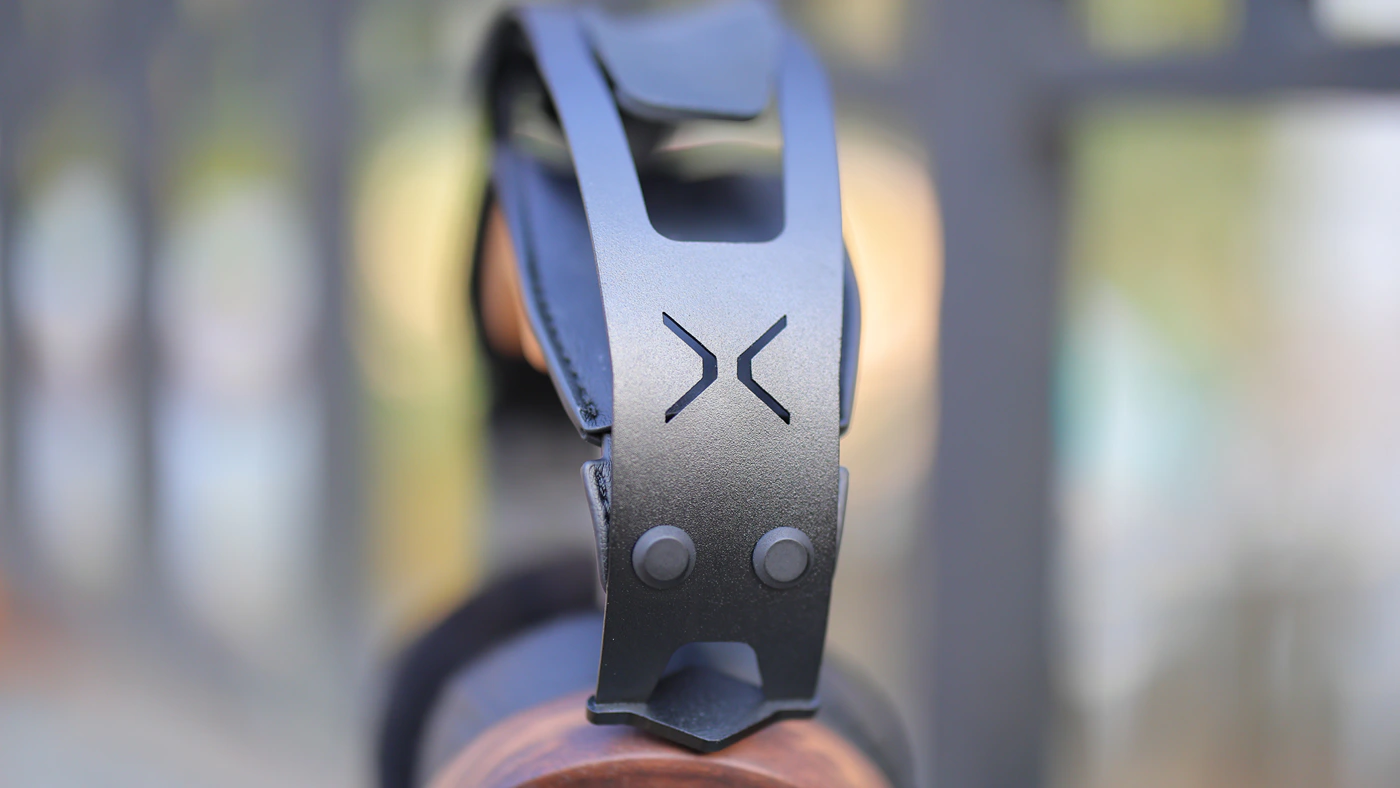
Soundstage – OLLO has placed more emphasis on the instrument separation, layering and precision of the stereo separation than the soundstage size with most of their headphones, but X1 sounds quite a bit wider than anything the company created so far, X1 has a true sense of space both width and depth, and they keep the same excellent separation and imaging as we’ve heard so far with S4X.
Comparisons
OLLO X1 vs Aune SR7000 – (539 USD vs 599 USD) – Aune made a really comfortable headphone with the new Closed back sR7000, but while I am often enticed by the idea of closed-back or semi-closed back, I was surprised to hear that X1 has around 10 dB of passive noise isolation, it is not quite as much as the 20 dB of SR7000, but still impressive for an open-back. Leakage is much lower on SR7000, and they are easier to drive, plus it is easier to source aftermarket cables for them.
Sonically, OLLO X1 is much flatter, more precise, reveals more information from music, is more detailed in general, and has a more honest sound. SR7000 is more euphonic, sounds smoother, fuller, warmer, and it is generally much easier on the ears, not revealing the true extension of the treble and energy for most music, being a great laid-back and clean sounding pair of headphones. I generally prefer working on any kind of studio jobs with X1, but SR7000 can be ultra enjoyable with most music, if I want to relax, and when I am tired and want to hear a more euphonic, leaner and more relaxed approach.
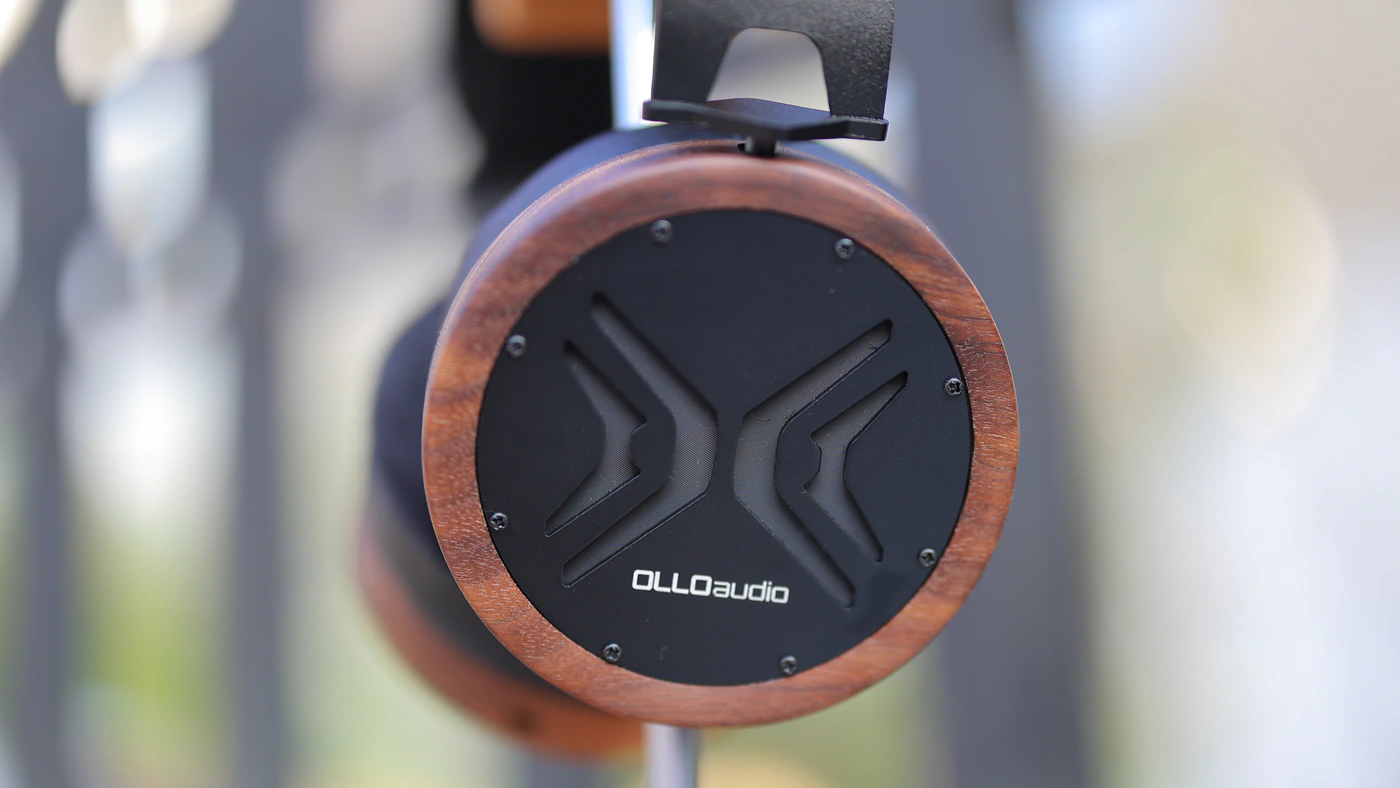
OLLO X1 vs Sennheiser HD 490 PRO Plus – (539 USD vs 499 USD) – HD 490 PRO Plus is both a nice listening but also a great studio pair of headphones, being light, but clamping rather hard on your head, which sounds similar to X1, but X1 is much heavier, more solid, but also provides some passive noise isolation and leaks less, being more consistent relative to the room, while 490 is more sensitive to both the room acoustics and to background noise. It is easier to drive OLLO X1, they are much less dependent on the source, and the cables they use are easier to replace than the solution Sennheiser used for the 490 pro plus.
Sonically, both headphones are rich and reveal details nicely, but OLLO X1 is more precise, flatter and can stay more honest to the source, while 490 pro plus is more enjoyable for hifi listening, they considerably change the sound and make music more euphonic, fun, they colour the sound, making it more vivid, more fun. Thing is, if you need to know how your mix sounds like and do any kind of music work, X1 is infinitely better, they are more honest, more precise, they will let you know what you’re doing, while 490 pro plus will likely be better for just music listening, they can really make your entire library sound nice, but will not be accurate enough for serious studio work.
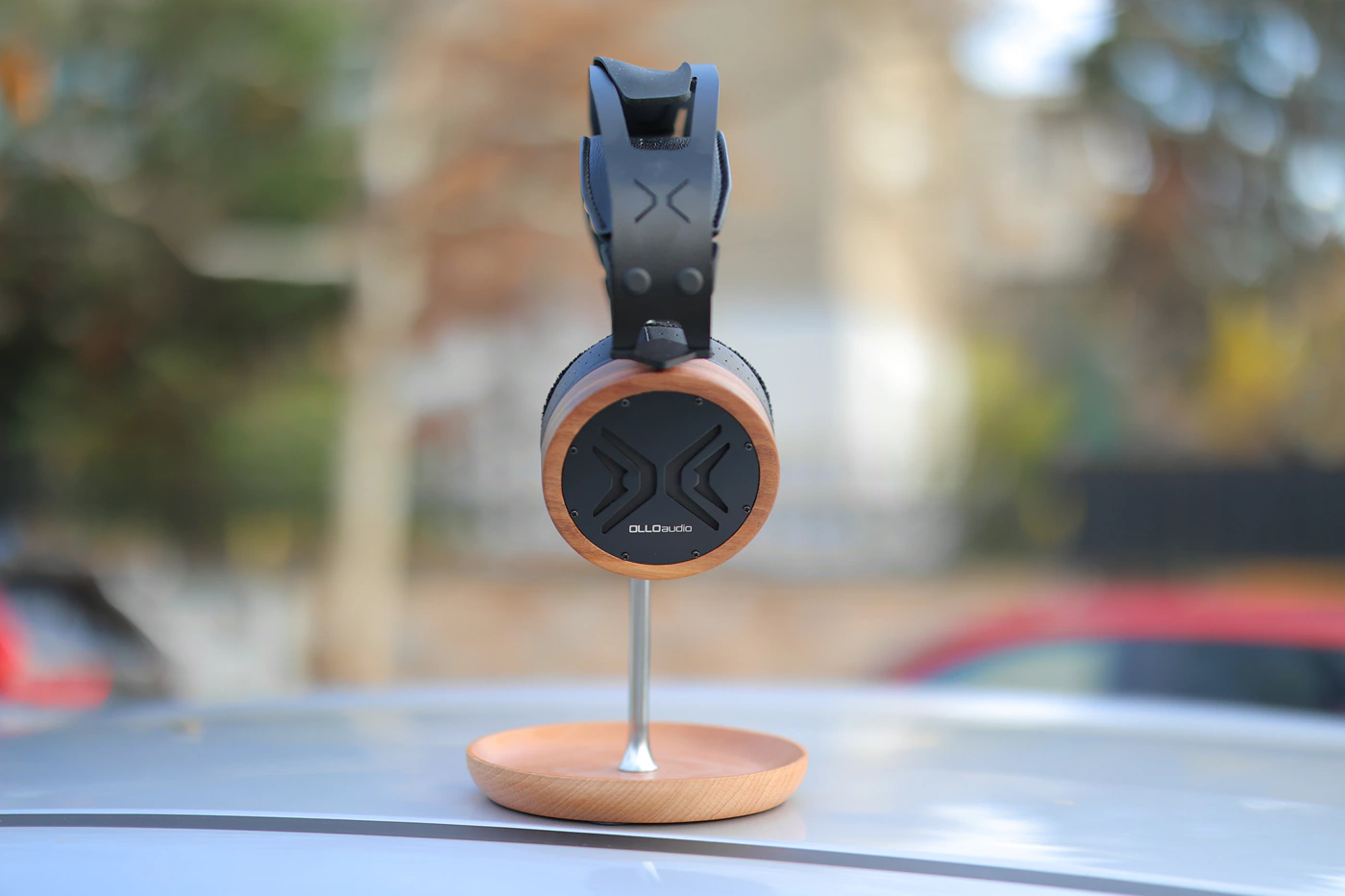
OLLO X1 vs MIRPH-1 – (539 USD vs 749 USD) – Mirph-1 is a relaxed and laid-back headphone, both sonically and in the build, and as they use a standard 3.5mm connector at the headphone side, it is much easier to find a 4.4mm aftermarket cable for Mirph-1 than it is to find one for OLLO X1. Comfort-wise, Mirph-1 has less clamping force, is more comfortable on my head, and has larger, softer earpads, although the listening position is more consistent with OLLO X1. It is much easier to drive the Miprh-1, and somehow both headphones can show hissing in sources that have it.
Sonically, OLLO X1 is much flatter and more neutral, they reveal a bit more information in music but have zero beautifying effects, allowing music to shine though without any extras. In stark contrast, Mirph-1 has a laid back, also somewhat neutral, but airy and relaxed sound that is very easy to enjoy with all music styles, perfect for Jazz, Classical and for having some fun. While both headphones provide exceptional value, OLLO X1 is a great studio headphone for monitoring, mixing and mastering, while Mirph-1 is a listening headphone made for a vocal, euphonic, rich and clean listening experience.
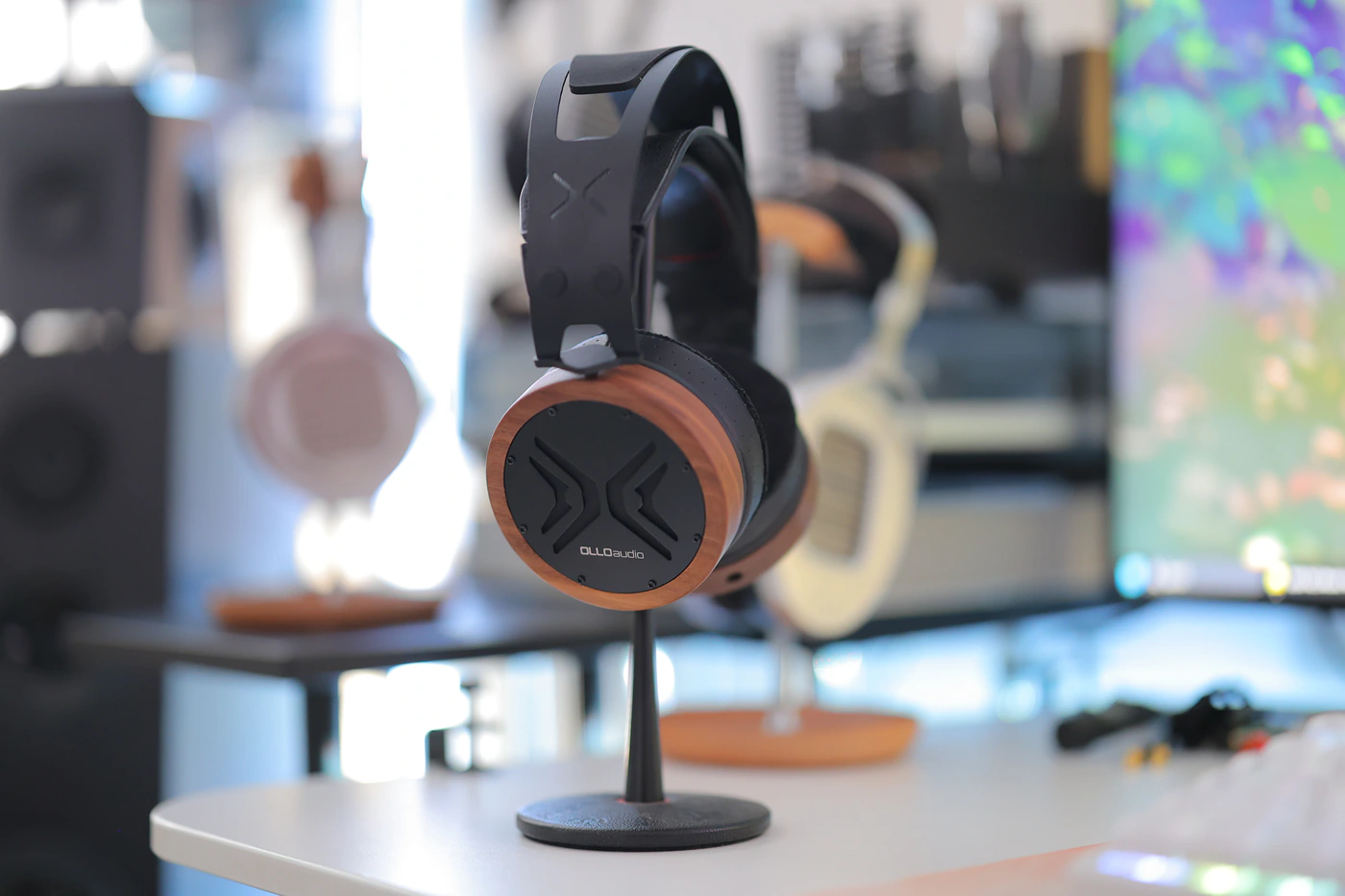
OLLO X1 vs HIFIMAN Ananda Nano – (539 USD vs 599 USD) – Ananda Nano is quite a bit tighter on the head, at least the latest revision, but the weight feels lower, and the earcups are much larger than those of Ollo X1. The default cable of OLLO X1 is of a better quality, it feels more high-end, and it is more resilient, but the ear cups of X1 use 2.5mm connectors which are less widely used than the 3.5mm that Ananda Nano uses, and will make it harder to source aftermarket cables, especially as X1 does not come with a balanced cable in the package. Ananda Nano is harder to drive and will distort more easily if the source is not adequate, while X1 is generally more consistent across sources, although it also needs quite a bit of power to get loud.
Sonically, Ananda Nano is a more airy, brighter, headphone, and if you ever heard it, it is already fairly balanced, but X1 is just flatter, more accurate and it renders more information in the midrange, with a better extension in the sub-bass, but a lower amount of mid bass, creating a sound that just feels more accurate relative to the source. The coloration of the Ananda Nano is typically liked by many people, as X1 is brutally honest, it is a pair of headphones that will never lie about what they’re playing, you will hear exactly what’s supposed to be in your music. X1 can render a slightly richer midrange, and a slightly smoother treble, but as it is very accurate to the track, half of my music sounds better while the other half sounds worse, while with Ananda Nano most of my collection sounds incredible.
Value and Conclusion
I can confidently call the X1 an excellent price / performance ratio, they deliver a uniquely better mixing and mastering experience than most of the competition, also a better experience for listening and hifi enjoyment, while having a reliable warranty and build quality.
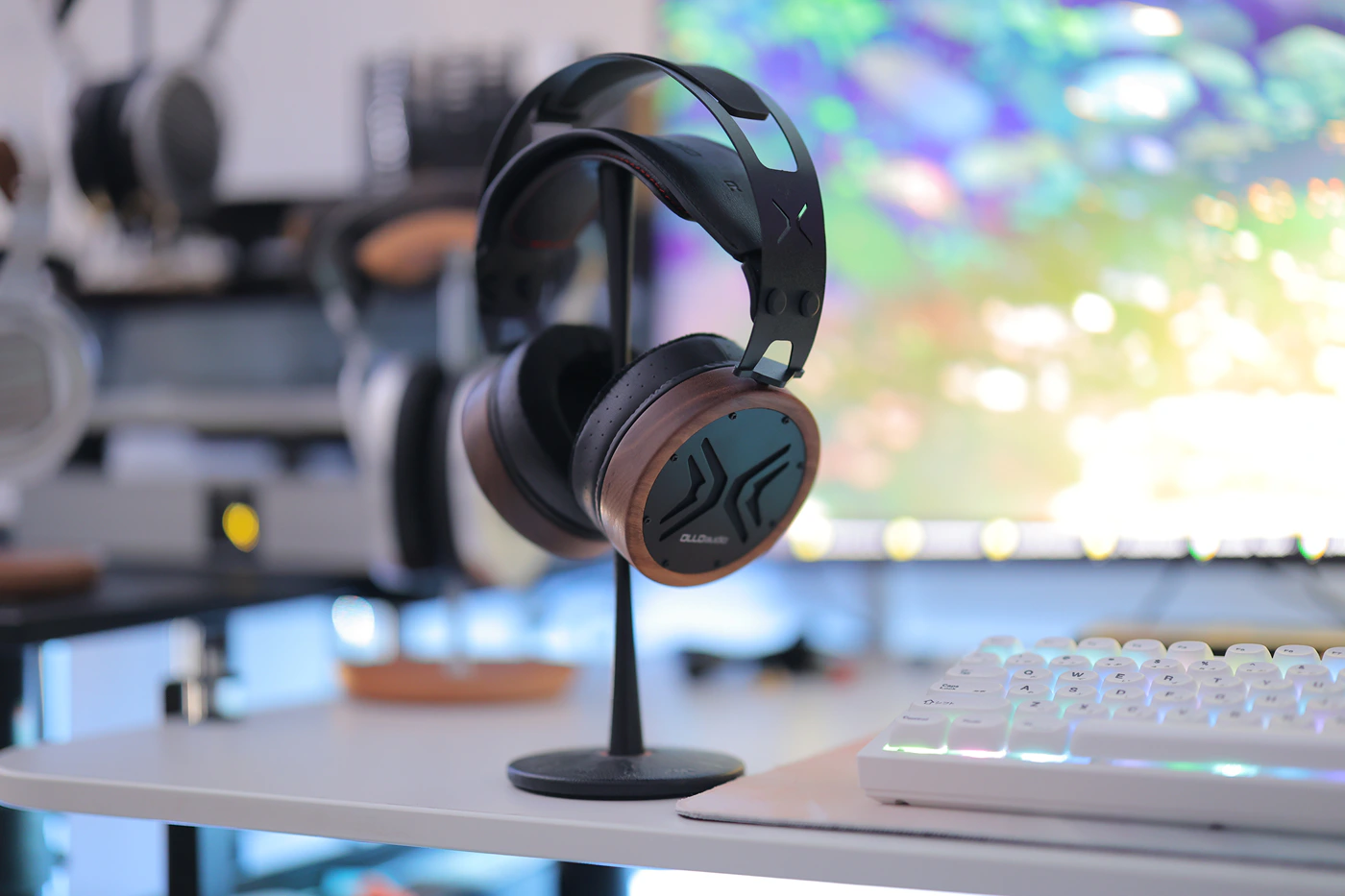
Award – Before the end of today’s review, OLLO produced the best headphone in their line so far, and X1 deserves a spot in the Audiophile-Heaven Hall Of Fame for their exceptionally quick impulse response and transparency, consistency and perceived quality.
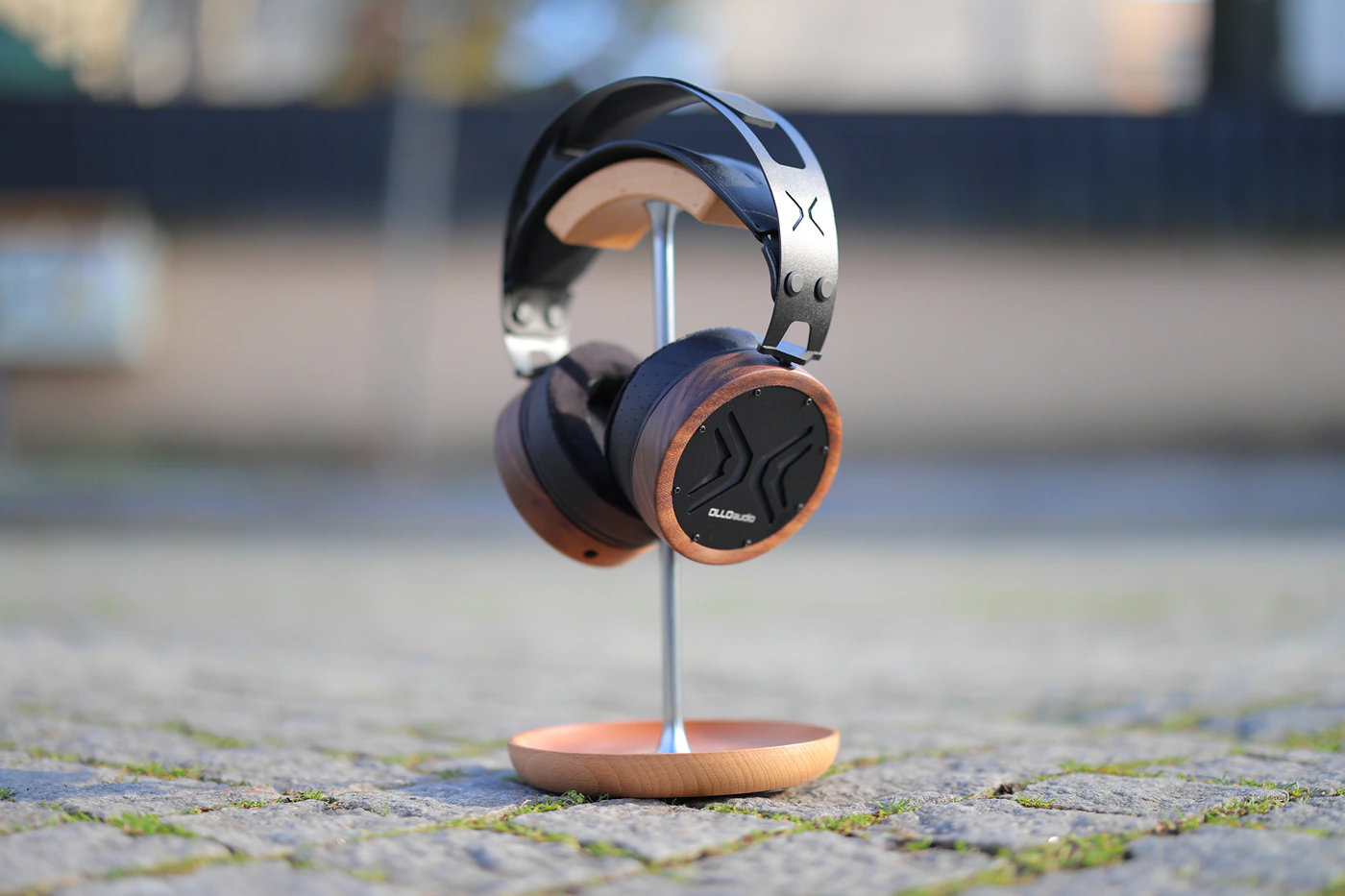
At the end of the day, OLLO X1 is a great pair of headphones with a nice package, a single ended cable, but excellent resolution, high transparency and one of the best mixing, monitoring but also hifi listening headphones you can purchase around the 600 USD price point.
Product Link
Amazon – https://olloaudio.com/products/x1
Technical Specification
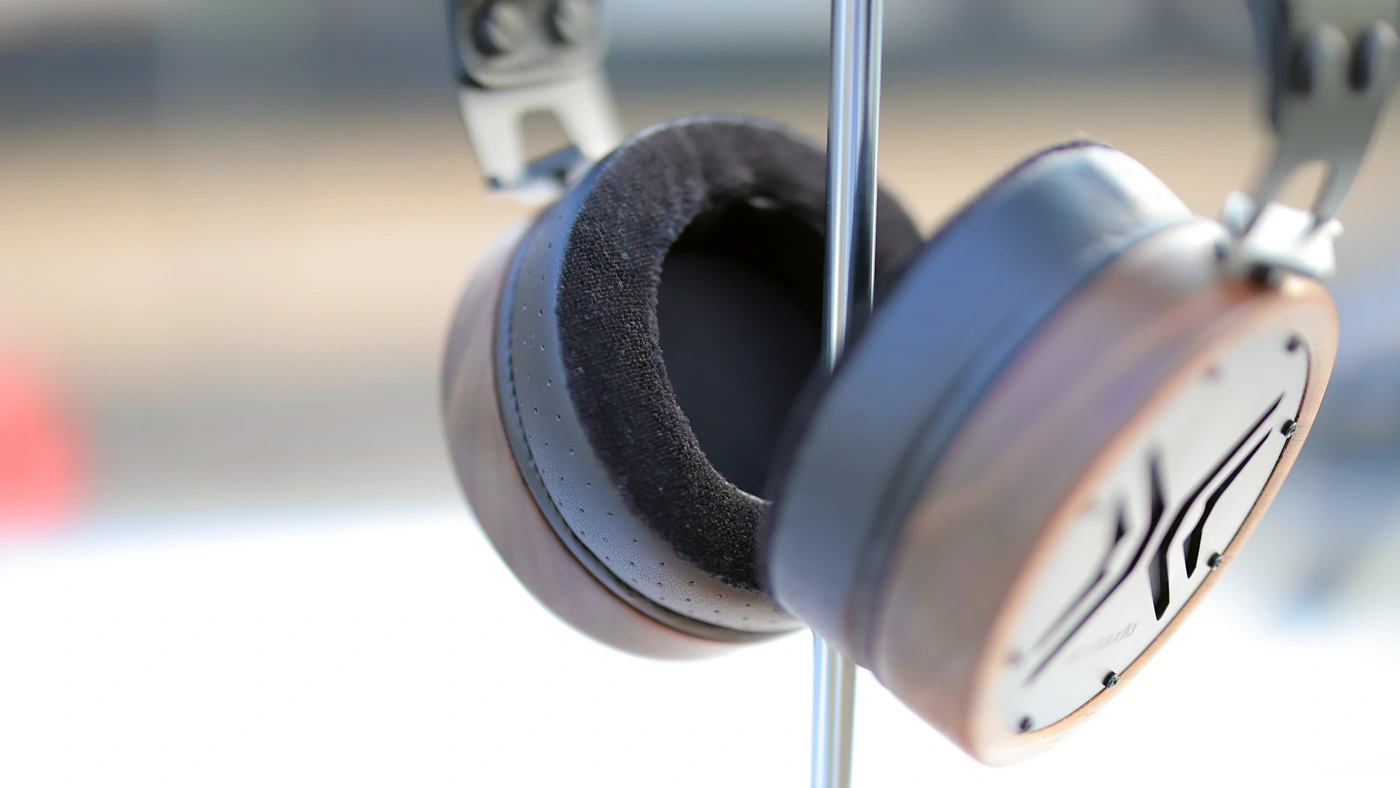
Style – Open back, Over the ear
Frequency range – 5 Hz – 22 kHz sweep 1/3 oct p-p range 9.8 dB SPL +/- 1dB
SPL/sensitivity – 101 dBSPL @ 1kHz RMS3dB @ 0 dBu
Impedance – ~32 ohm – works with all devices
Speaker type and size – Dynamic, 50mm
Magnet type – Neodymium
Membrane – Composite Pu+PET patented pattern
THD & 2nd – <0.05% & <0.02% @ 94 dB SPL @ 1kHz
Ear pads diameter in/out – 57,5mm/95mm
Ear pads material – Acoustic foam with perforated artificial leather and velour
Ear cups material – American walnut
Headband material – Stainless steel and silicone
Cable termination – Detachable 2 meters long Y 2.5mm mini jack
Connector – 3.5mm jack with an adapter to 6.3mm jack
Calibration – Unit Specific Calibration included
Weight ex. Cable – 390 g (0.8 lb)
International warranty – 5-year limited warranty
Trial period – Money back – 90 days from delivery date when purchased directly from OLLO Audio
Product classification – EN 60268-7-IEC-DCLO-32R0-2
*data capturing standard – EN 60268-7 with IEC 60318-1, sweep signal, output 1ohm, 100Hz-10kHz tolerance +/- 1dB, USC calibration disabled
--- Please remember to stay safe, and always have fun while listening to music!---
- If you have a dime to spare, please donate, and help us! It would make the day brighter for me and my wife-
Full Playlist used for this review
We listened to more songs than those named in this playlist, but those are excellent for identifying a sonic signature. I recommend trying most of the songs from this playlist, especially if you’re searching for new music! The playlists are different for Spotify, Tidal and Youtube, and based on the songs I enjoy and are available on each!
https://www.youtube.com/playlist?list=PL_cjBXGmwSHSdGcwuc_bKbBDGHL4QvYBu
https://open.spotify.com/playlist/5J3oloz8Riy9LxEGenOjQ0?si=979ba4f082414be7
https://tidal.com/browse/playlist/330fd544-8e5b-4839-bd35-676b2edbb3d5
--- Contact Us ---





